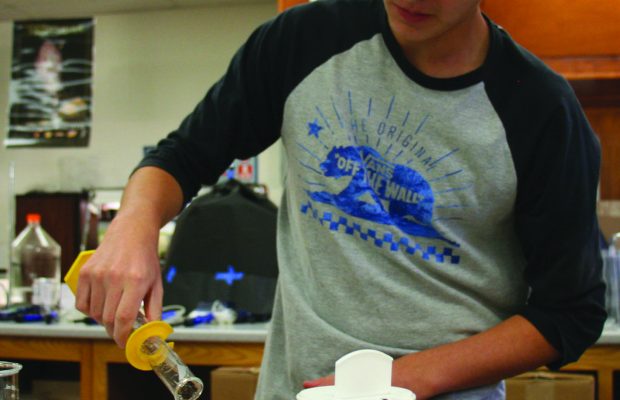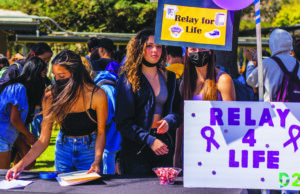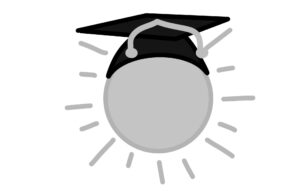IB Biology students conduct labs testing a broad range of topics

For IB Biology Year 2 students, the Internal Assessment (IA) is not only a large part of their IB grade, it is also a manifestation of all the work they have put into biology over the course of high school.
“They’re to come up with a question of their own choosing, design the experiment, conduct the experiment, collect all the different data, (then) tell you what the data means,” Jennifer Lockwood, IB Bio teacher said.
Students must be completely self-sufficient when completing the Internal Assessment (IA) lab report for IB Biology. “You have to do everything by yourself: the question, the procedure, everything,” Ciara Buckley, senior, explained. Students spend months designing the lab and collecting their data.
Lockwood receives a large variety of lab proposals concerning many different topics. “I have 28 different labs this year,” she said. The research questions range from plant hormones to coffee aiding plant growth.
Buckley’s lab focused on the carbon dioxide output of lemna plants after manipulating environmental factors, such as light and fish. “It looks like it’s working,” Buckley said.
Buckley ran her lab for around eight days. Students work on the IA both at home and at school.
Layla Alamillo, senior, has also finished her lab. “My IA lab is about the salt tolerance of pinto bean seeds, where I hydrated groups of five samples with different concentrations of salt water,” Alamillo said.
Alamillo’s lab is especially pertinent to local communities because of coastal proximity. “There is a lot of sea water leakage into the ground water in our county and surrounding counties because we are a coastal state and I wanted to test how the intrusion of the sea water on our ground water will affect crops,” she said.
Both Alamillo and Buckley have enjoyed their experiences with the lab and biology classes on campus in general. “I’ve really loved all my biology classes throughout high school, especially bio year two, and I would love to go into this field,” Alamillo concluded.
For Lockwood, the best part of the labs is seeing all the creativity. “Students come up with stuff that I would never have thought of,” she said.



